XIXth century period pendulum and louis XVI style, in matt gold bronze and shiny gold, base in molded white marble.
Based on the warrior attributes and musical instruments, at the top of the doves symbolizing peace
The signed dial *Constantin-Louis Detouche Aparis
Superb original condition (original gilding simply cleaned), the movement is complete with its stamp, its pendulum and its 2 keys.
*Constanstin-Louis Detouche watchmaker
(1810 - 1889)
Having received the Legion of Honor in France in 1853 and the Cross of the Order of Dannebrog in Denmark, was appointed watchmaker of the city of Paris and the Emperor Napoleon III. His firm, probably the most important in France at the time, met a lot of success.
At the Nîmes exhibition in 1862, the company was described as follows: “The Maison Detouche de Paris, founded in 1803; Its business volume grows every year and today it has a figure, in France and abroad, of more than 3 million francs. Watchmaking objects, precision parts in ordinary articles, represent more than 1,200,000 francs. Mr. Detouche received the most prestigious awards; I will only mention here: the gold medal at the Besançon's universal watchmaking exhibition in 1860, and the gold medal in London in 1862. He was awarded the cross of the Legion of Honor for its contribution To the progress of watchmaking and the King of Denmark gratified him from the Dannebrog cross for his electric clock. Such objects, which deserve to be described in detail, have improvements that should be known and appreciated by each watchmaker who benefited from the work and services of M. Detouche ... The jury particularly noted a rocky style regulator in gilded bronze, of a remarkable taste, which measures 1m 90; ... The tourniquets seen at the exhibition and considered essential in France and abroad are also the invention of Mr. Detouche. All the items produced by this house deserve to draw attention by their moderate prices, their elegance, their rich ornamentation, their precision, and their excellent bill. The jury awards Mr. Detouche an honor diploma. "(" Chronometric review ", 8th year, vol. IV, June 1862-June 1863," Exhibition of Nîmes ", Paris, 1862, pp. 605-609).
In 1851, six years after the arrival of Houdin, the Detouche house took part in the Great Exhibition in London (the first universal exhibition) under the name "Chronometer Makers, 158 and 160 rue St Martin, Paris".
In 1887, towards the end of his life, Detouche subsidized the publication of the third edition of the modern and practical modern and practical watchmaking treaty (1816-1896), also called the C. Detouche edition (944 pages, published in Paris ) and Addendum (112 pages, also published in Paris).
Among the other prestigious debt and Houdin creations, we could cite two major astronomical regulators, with indication of hours, minutes, seconds, days, months and the date, sunrise and sunset, time equation, lift and sunset, as well as its phases and age, and the barometric and thermometric variations. On these two regulators, the main dial is surrounded by fourteen subsidiary dials indicating time in fourteen cities around the world. For a long time, one of these regulators was at the corner of rue Saint-Martin and rue de Rivoli; Today it is in the Manufacture François-Paul Journe SA in Geneva.
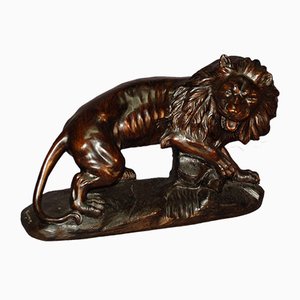
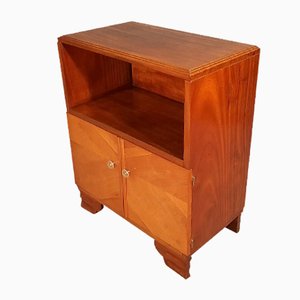

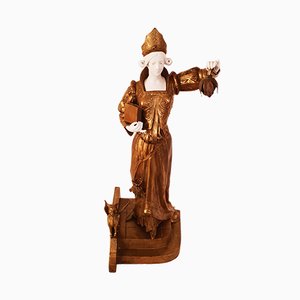
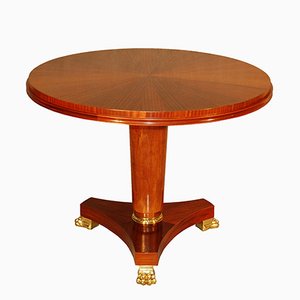
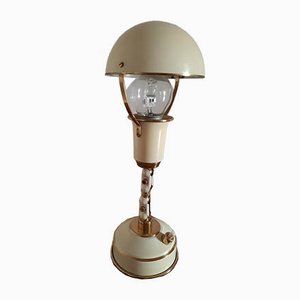
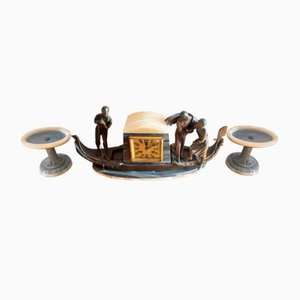
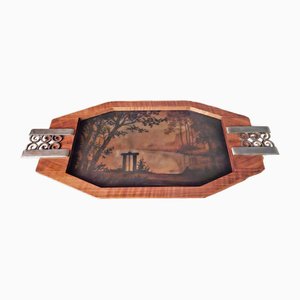
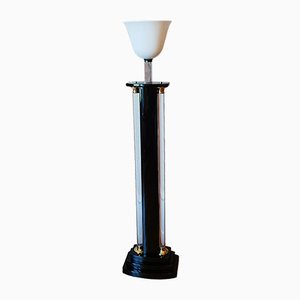

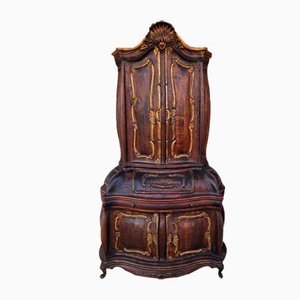
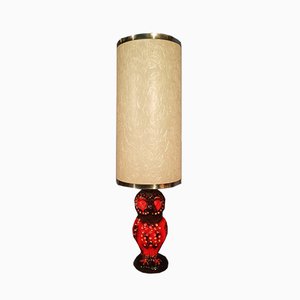
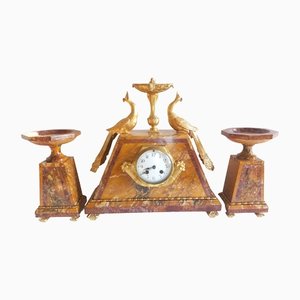
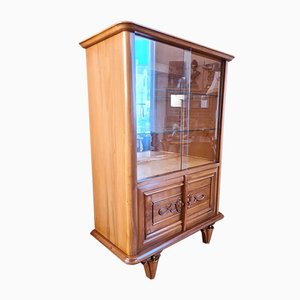
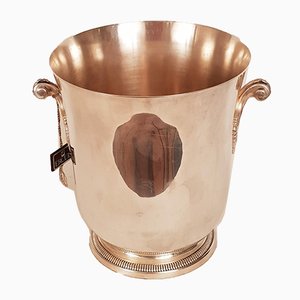

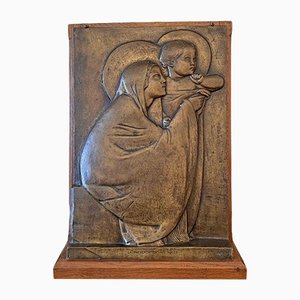
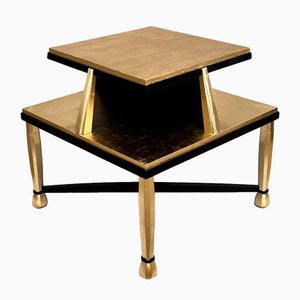
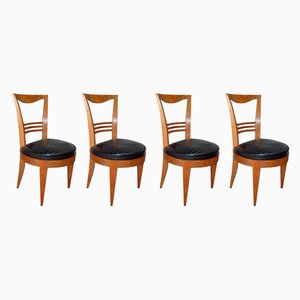

Get in Touch
Make An Offer
We noticed you are new to Pamono!
Please accept the Terms & Conditions and Privacy Policy
Get in Touch
Make An Offer
Almost There!
To follow your conversation on the platform, please complete the registration. To proceed with your offer on the platform, please complete the registration.Successful
Thanks for your inquiry, someone from our team will be in touch shortly
If you are a Design Professional, please apply here to get the benefits of the Pamono Trade Program